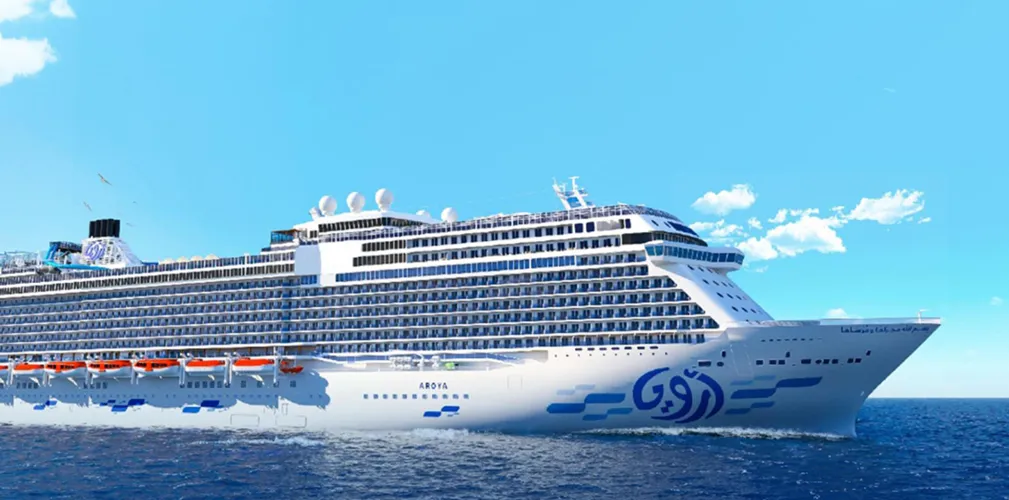Saudi Arabia’s retail market is set to expand from USD 270.8 billion in 2024 to USD 408.7 billion by 2033, driven by e-commerce, logistics, and shifting consumer preferences. With 46% of retail sales projected to come from e-commerce by 2030, businesses are investing in AI-driven personalization, omnichannel strategies, and immersive shopping experiences. In this article, we will look at how Saudi retail market trends will shape the landscape in 2025.
E-Commerce’s 46% Market Share Reshaping Retail Strategies in Saudi Arabia
The boundary between digital and physical shopping has begun to disappear as retailers shift toward omnichannel models. By 2030, e-commerce is projected to account for 46% of Saudi Arabia’s retail sector, accelerated by high smartphone penetration and frictionless payment innovations. Major players are doubling down on AI-driven personalization, ensuring seamless integration between online storefronts and brick-and-mortar locations. Platforms like Zid’s ‘Total Commerce’ exemplify this shift—allowing businesses to optimize multi-channel distribution while refining customer engagement strategies.
Personalization and Experiential Retail Define the Saudi Retail Consumer Experience
Shopping in Saudi Arabia is no longer just about transactions, it’s about engagement, identity, and immersive experiences. Consumers increasingly seek products aligned with their personal values, pushing brands toward tailored offerings. Modest fashion, halal-certified foods, and augmented reality (AR) shopping tools are rising in popularity, reshaping purchase behavior. In March 2025, Tanmiah Food Company partnered with Griffith Foods to expand halal product offerings, reinforcing the retail sector’s responsiveness to evolving consumer preferences.
Also Read: Saudi FMCG Consumer Insights: What Brands Need to Know
$52.7 Billion Logistics Boom Enhances Speed and Efficiency
Retail success hinges on seamless supply chains, and Saudi Arabia’s logistics industry is expanding to meet growing demands. In 2024, the logistics market hit USD 52.7 billion, set to grow at a 4.9% CAGR through 2033, as companies enhance distribution networks and last-mile delivery capabilities. Major supermarket chains like Carrefour and Lulu Hypermarket are capitalizing on this surge, refining inventory management and integrating click-and-collect models, catering to consumers seeking frictionless shopping experiences.
Tourism’s SR 836.1 Billion Impact Fuels Retail Expansion
Saudi retail market trends are intrinsically tied to its booming tourism industry. In 2023, travel and tourism contributed SR 444.3 billion (USD 118.45 billion) to GDP, supporting 2.5 million jobs and driving demand for luxury and international brands. By 2034, the sector is forecasted to generate SR 836.1 billion, reinforcing retail’s role as a central player in economic diversification. The government’s focus on entertainment-driven tourism, including events and mega-projects like NEOM and Riyadh Boulevard, is enhancing foot traffic in shopping centers, further shaping consumer behavior.
Northern and Central Saudi Arabia’s Retail Dominance
The Northern and Central regions, particularly Riyadh, stand at the forefront of Saudi Arabia’s retail expansion. Home to luxury shopping hubs and mega-malls like Riyadh Park and Granada Center, this region benefits from high disposable income levels and major infrastructure investments. Vision 2030 initiatives such as Qiddiya and King Abdullah Financial District are solidifying its position as the Kingdom’s retail epicenter. With rapid urbanization and expanding logistics networks, retailers are capitalizing on the region’s affluent consumer base, ensuring sustained market dominance.
AI and Retail Tech Revolutionizing Consumer Interaction
Artificial intelligence is redefining the shopping experience, from chatbots to predictive analytics. In October 2024, Gupshup launched ACE LLM, an AI-powered conversational model tailored for Saudi businesses, enabling Arabic-language personalization and culturally nuanced brand engagement. Retailers adopting AI-driven inventory forecasting and dynamic pricing are gaining a competitive edge, enhancing customer loyalty while refining product offerings.
Also Read: AI Insights Lead to 15% Higher Customer Satisfaction
Saudi Retail Sector Competitive Landscape: Innovation and Expansion
With competition intensifying, major retail players are shifting strategies, combining physical growth with digital optimization. In March 2025, the Public Investment Fund (PIF) launched Al Waha Duty-Free Company, marking Saudi Arabia’s first customs-free retail business, ensuring more travel expenditures remain within the Kingdom. Apple’s expansion plans, including the 2025 launch of its online store, followed by brick-and-mortar Apple Stores in 2026, signal growing confidence in Saudi Arabia’s retail potential.
Saudi Arabia’s retail industry stands at a critical juncture—embracing digital transformation, adapting to shifting demographics, and leveraging economic diversification efforts. As AI reshapes interactions, tourism fuels luxury retail, and logistics enhance delivery speed, the sector is poised for sustained momentum. With USD 408.7 billion on the horizon, retailers who embrace innovation and consumer-centric strategies will define the next era of Saudi retail.
Also Read: Saudi Arabia E-Commerce Market: A $29 Billion Transformation by 2030







